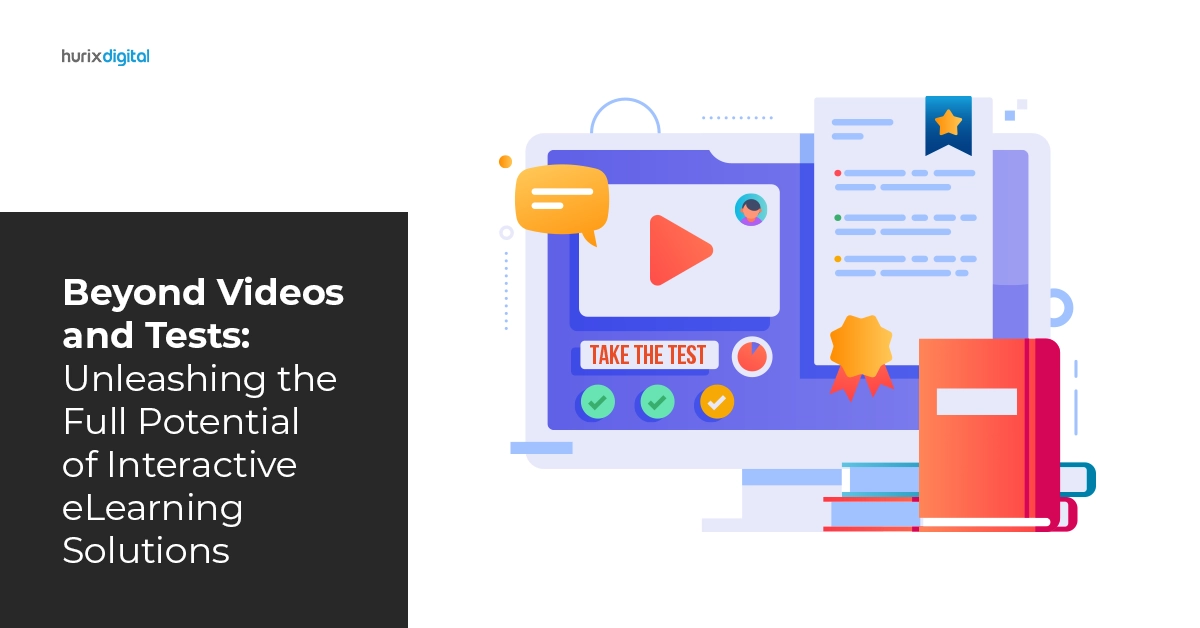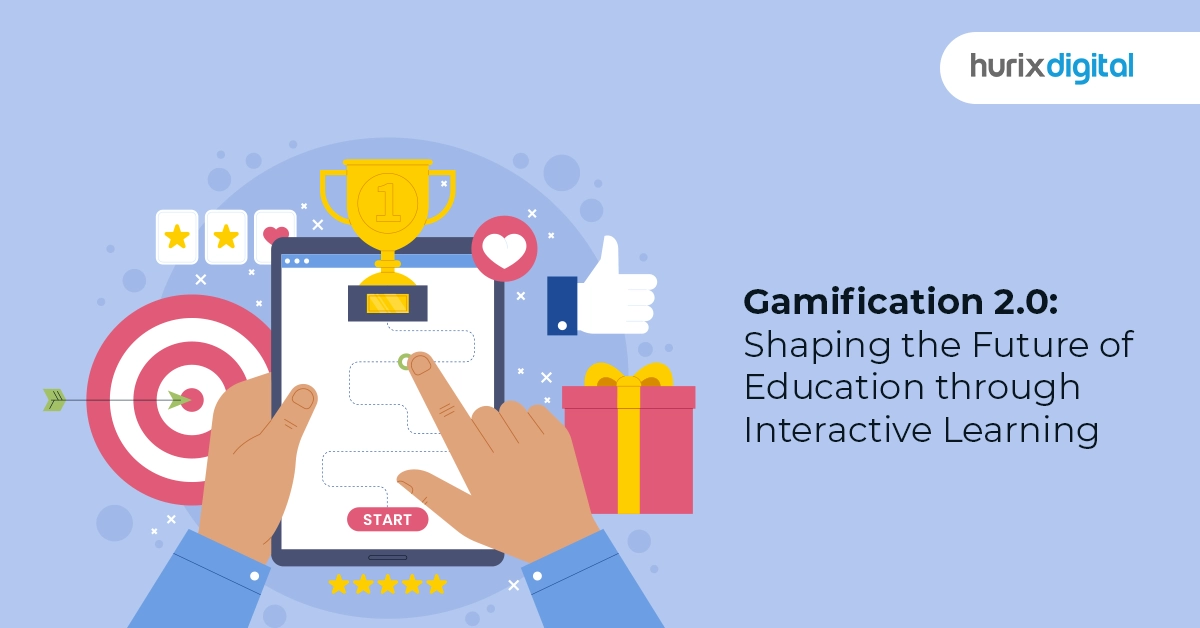It goes without saying that learning best happens through doing. While the traditional classroom teaching system has several advantages, its main drawback remains that knowledge is mainly passed from the instructor to the learners. Though over time, activity-based learning has made some inroads to allow learners to do and learn, but this aspect of teaching remained limited since it is time-consuming and difficult to create teaching aids for the entire curriculum.
Why Does the Traditional Form of Learning Need a Farewell?
There are several disadvantages with the traditional form of learning, the main being that students in any class have different levels of intelligence and accordingly varying capacity to grasp and retain knowledge.
Secondly, even with textbooks as support mechanisms and a teacher clarifying concepts, there’s ambiguity in how each learner interprets the subject. And as the gap between the instruction and understanding widens, learners become disengaged and demotivated, leading to decreased learning outcomes.
Given these drawbacks, there was an increasing need to devise means of teaching that could keep the learners engaged and make learning more personalized in tune with each person’s own learning abilities. And interactive eLearning modules made this possible.
What is eLearning?
eLearning refers to the use of online resources to deliver education and training curriculum outside the traditional classrooms. eLearning is learning that is provided online – it can be web-based learning, instructor-led learning or even blended learning combining both offline and online learning.
The Internet and the advancements in digital technology have taken eLearning to the next level to create interactive eLearning modules that allow learners to take control over their learning, plug knowledge gaps or delve deeper into the subject, and practice their skills in virtual or simulated environments.
Interactive eLearning modules use a wide variety of media types such as audio/video files, presentations, graphics, infographics, virtual reality and augmented reality, podcasts, 3D models and simulations to impart education and training. Here are 9 ways to create highly effective learning videos.
For example, an interactive eLearning module can be in the form of gamification for sales training, allowing sales people to practice their skills in virtual or simulated settings. Thereby learning by trial and error, honing their skills and avoiding mistakes in real-life environments.
Here are some ways by which interactive eLearning modules can address user engagement issues and ensure better learning outcomes:
1. Anytime and Anywhere Learning: Interactive eLearning modules take learning outside the rigid schedule of a traditional classroom. It may be that the attention of your learners is focused elsewhere- in successfully meeting deadlines or solving a problem at hand. So, it may not be feasible to put them through new learnings when their mind is focused on another task.
Interactive eLearning modules free you from the limits of the classroom, allowing you to access content when you have the time and go over it as many times as you need without visiting the classroom.
There are no commuting expenses, no parking charges, no accommodation or food expenses– all you need is a smartphone and Internet and you can access interactive eLearning modules from any location. Unfettered from a rigid schedule, learners can learn at their pace, and at a time when they are more attuned to new learnings. Here are 6 ways to use mobile learning to enhance employee productivity
2. Interactive Elements to Hold and Retain Attention: Another very empowering aspect of interactive eLearning is that it uses various media types to hold and retain attention. So, with these modules you can see, hear and practice the content, resulting in greater learning and retention.
This is quite in contrast to traditional teaching methods in which learning is restricted to reading textbooks or listening to the instructor. Interactive eLearning modules not only help to clarify concepts but by nature are more immersive, leading the learner up the learning path.
Read more about Interactive Video Learning in Higher Education
3. Real-time Experiences : Interactive eLearning modules help to set the context and provide information in real-time settings so they make learning more engaging and interesting. For example, in a human anatomy class, a 3D model of the circulatory system can be used to show the circulation of blood within the body.
Similarly, while teaching about different continents, simulations and virtual reality can be used to transport the students to the particular continent and actually show them its unique topology, geological features etc.
So, with interactive eLearning modules, students actually visualize and experience first-hand the subject under discussion. All this makes learning more meaningful, immersive and interesting.
4. Practice Concepts: Gamification, simulations and animations are increasingly being used to allow learners to practice concepts. Interactive eLearning modules in the form of games allow the learners to learn through games, which have certain end goals, and levels that the learners have to successfully complete.
Gamification sets challenges for the learners, motivating them to take them up and as they successfully complete one level, they are internally motivated to go up to the next level with its own set of challenges and learning outcomes.
So, with interactive eLearning modules, the motivation to progress up a learning path is mainly intrinsic, and no external stimulation is required to prod the learners against their will.
5. Personalized Learning: Interactive eLearning is personalized. Learners can not only learn anywhere and anytime but also at their own pace. In a traditional classroom setting, the teacher delivers a lesson to a class of learners with different learning abilities.
And even though the lesson may be taught from an average learner’s perspective, it is very difficult to retain the attention of the entire class – the more intelligent students may get bored and the slow-paced learners may find their attention diverted since they are unable to follow the concepts.
With interactive eLearning, learners can go back to the modules time and again till they grasp the lesson. These interactive eLearning modules also have external and internal links which allow the learners to look up for additional information.
Besides they also have embedded social media elements that learners can access for wider discussions. Thus, personalized learning and the ability to interact with peers and external communities can help address user engagement problems and make learning more meaningful.
6. Building Team Rapport: Interactive eLearning is also a great means to build rapport among the team. Once again, taking the example of gamification, the games can include two or more players and even set one team against the other.
Players on each side have to collaborate and support each other to collectively win the game. The ability to contribute constructively towards a team can be very gratifying, motivating the learners to further up their game.
In conclusion:
Interactive eLearning modules are a great way to achieve learning outcomes while keeping the end-learners engaged and motivated. To achieve maximum benefit from your modules, it is important to first identify your learning goals, and then ensure that your learning modules can meet these goals.
Creating interactive eLearning modules requires a right balance of subject experience and technology. So, it is important to do some groundwork, talk to several eLearning development companies and then choose a vendor who can do justice to your requirements.
Related:
Benefits of Investing in Custom eLearning Courses for your Enterprise
How to Create a SCORM Compliant Course on a Budget?
7 Reasons Why You Should Revamp Your Old eLearning Courses
Can Customized Learning Solutions Solve Critical Business Problems










